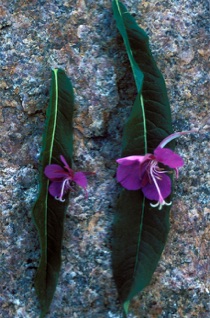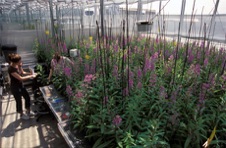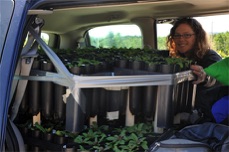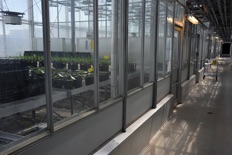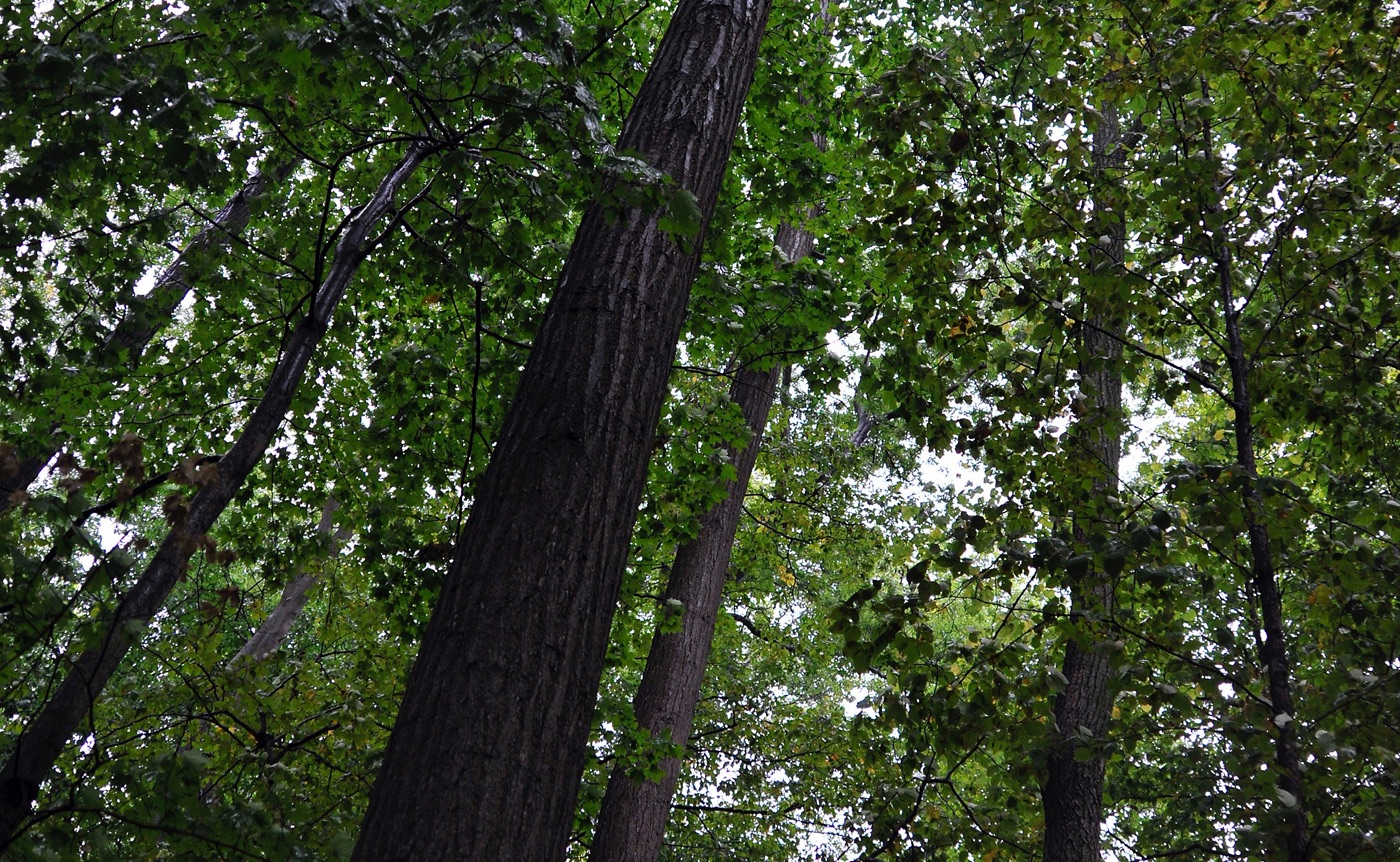OUR RESEARCH GOAL
To understand the ecological and genetic processes operating in plant populations for the purpose of advancing our fundamental understanding of evolution and for addressing needs in conservation, agriculture and natural resource management.
WE INVESTIGATE
• the mechanisms regulating genetic diversity and phenotypic evolution; and
• how evolutionary processes (drift, gene flow, adaptation, genetic diversity) affect ecological function of populations (reproduction, growth, persistence, extinction).
BY FOCUSING ON
• plant reproductive systems, those attributes that control mutation, gamete formation and quality, pollination, fertilization, and
• transmission of genetic variability across generations.
CURRENT RESEARCH PROBLEMS
What are the attributes of small populations and how do we best conserve and restore threatened or endangered populations?
Many plants occur in small populations, particularly those in disturbed, fragmented or marginal habitats. Small populations exhibit unique ecological and evolutionary properties and may be at risk of decline or even local extirpation. We try to understand their properties through studies on effective population size and genetic drift, metapopulation dynamics, mating systems and inbreeding depression, and the impact of gene flow from other species. We then consider the implications of this research for conserving threatened or endangered species and minimizing hybridization between domesticated and native species.
Why is the process of genome duplication so prevalent in plants?
Genome duplication, the multiplication of chromosomes above the diploid state (a.k.a. polyploidy) is widespread among plants and animals and is especially common in flowering plants and ferns. The prevalence of this genetic phenomenon has long puzzled biologists; in fact, some theoretical models argue that polyploidy should rarely evolve in sexual organisms. Our research uses plant species with natural variation in ploidy (e.g., Chamerion, Fragaria, Galax, Malus) and mutagens that induce genome duplication in diploid organisms to explore two major hypotheses: 1) genome duplication has a disproportionately large influence on species formation; 2) genome duplication enhances the adaptation and, hence, persistence of polyploid relative to diploid lineages.
How do we explain the diversity of reproductive systems in plants?
Plants exhibit a bewildering array of breeding systems, reflected in variation in gender, floral form and display, mechanisms of pollen transfer, and pathways of fertilization and seed maturation. Accounting for this sexual diversity is important because of its significance for population persistence, reproductive isolation and the organization of genetic diversity within and among populations. It also provides a useful focal point for studying mechanisms of microevolution such as gene flow, genetic drift and selection. Our research has focused on several evolutionary history and mechanisms for several aspects of plant reproduction such as self-fertilization (versus cross-fertilization), dichogamy (temporal separation of male and female function), and gender dimorphism (separate sexes). We use comparative analyses, manipulative field experiments and multi-generational selection studies to understand the evolution forces currently acting on these characteristics.
How do cultivated, feral and native Malus species interact in Ontario?
We have one native Malus species in Ontario, Canada: Malus coronaria, the Sweet Crabapple. Domestic apples (M. domestica syn. M. pumila) has historically been an important fruit crop in Ontario, and escapes from this introduced species have contributed to a feral domestic apple population for 300 years. There are also many other introduced Malus species grown for food or ornamental purposes in Ontario, and these also regularly escape into naturaul environments. How do these non-native Malus species, in cultivation or in feral populations, interact with the native M. coronaria? How do native and feral tree populations, which can act as pollinator and pest reservoirs, affect domestic apple cultivation? What are the population dynamics of feral domestic apples, and how does their genetic compostion reflect current and past apple cultivation in Ontario? What can this teach us about the processes of invasion and feralization?
